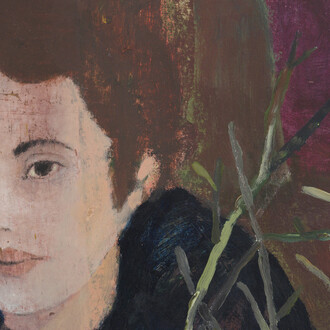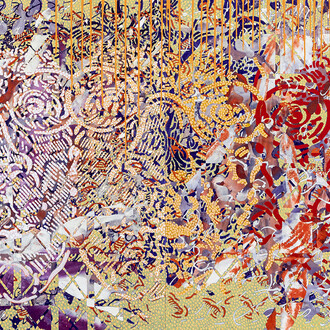During May-June 2013, Gezi Park, next to Taxim Square in the heart of the European side of Istanbul, became a center of the Gezi Movements (#occupygezi), an anti-government protest in which more than 2 million citizens have joined.
The protest was triggered by the action of the government, cutting down the trees of the park to construct a shopping mall according to the redevelopment plan of the square. Against the protesters who staged a sit-in in the park, the police armed with tear gas and water gun executed brutal expulsion. Because of this despotic reaction, the government was obliged to confront increasing dissatisfaction of the citizens against current Erdogan administration, which tended to go toward the Islam absolutism. Thus the protest escalated from a ecologist sit-in into a nationwide anti-government movement, leaping to other major cities such as Ankara and Izmir. Furthermore, the SNS played an important role in the worldwide diffusion of informations, images and opinions from the beginning of this movement, and led to several on-time protest actions in the European metropoles as Paris, Berlin and London.
GREY - GEZI PARK, ISTANBUL is a photographic work consisting of the images of Gezi Park, 3 to 10 months after the movement. These photographs are the collections of residues of what happened there, and at the same time the records of what Istanbuliots needed to defend.
One of the central subjects of this work is representation of the trees. In this protest movement, the trees and the park were set in opposition to the shopping mall. It is interesting to think about the origin of the shopping mall, the "passage" (arcade street), born in Paris in the 19th century, almost at the same time with urban parks and photography. They are all considered as symbols of the modern times. In the 19th century, the period in which appeared crowd-consumer, a "passage" and an urban park were associated to one another, both playing similar role as a modern space for the consumer life in the city. However, the contemporary economy seems to give preference to the shopping malls, hypertrophied "passages", while the trees and the parks are progressively excluded by or integrated in the former.
After the movement, the park was covered by grey paint. On the walls, the flagstones, the trunks of the trees... grey monochrome paintings hided and deleted multicolored grafitties-messages left by the protesters as if nothing had happened. These obstinate grey paintings, witness the oppression by the government and remind us intensity of the suppressed voices.


















